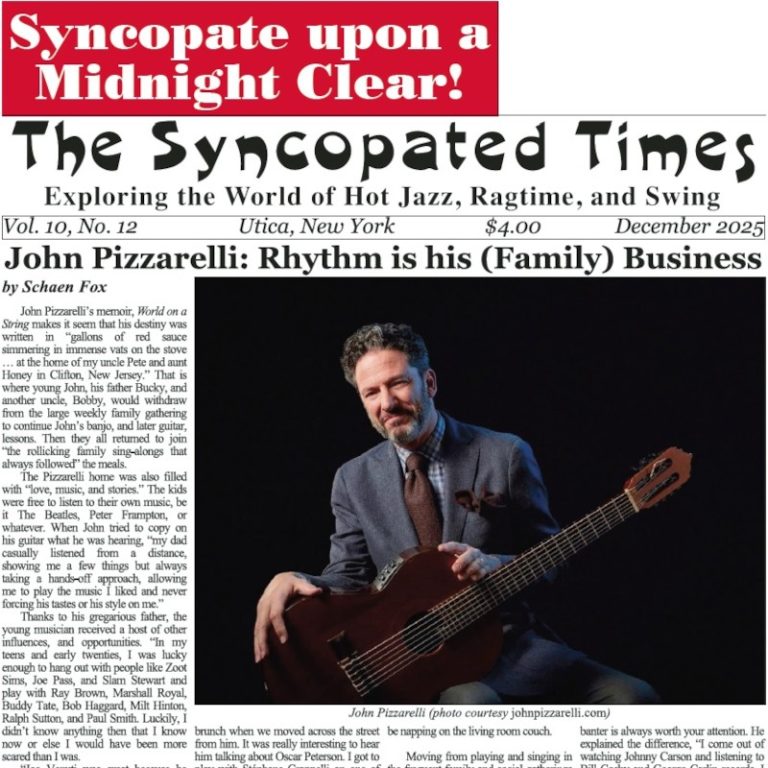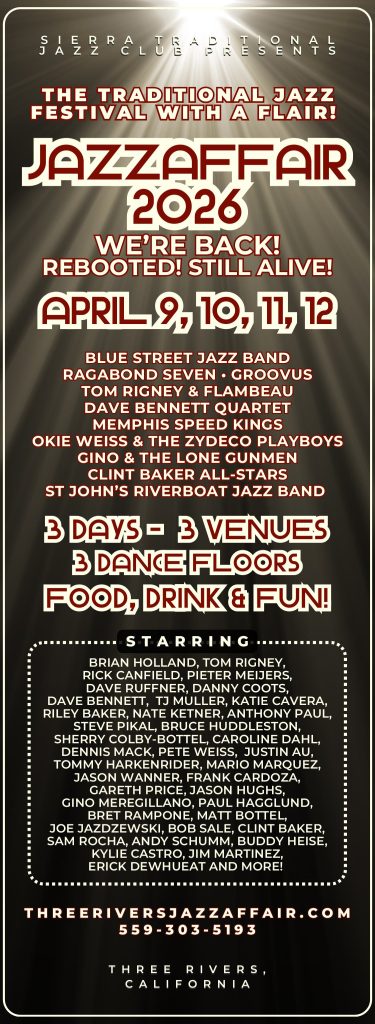Chris Barber (1930-2021) had a very long, productive and influential career. After brief periods playing the violin, cornet and clarinet, he settled on the trombone as a teenager, occasionally doubling on bass. He formed an amateur band in 1948 that had a recording session apiece in 1949 and 1950 with nearly all of the music going unissued for decades. The group, which was originally based in 1920s jazz, made some record dates for Esquire and Tempo in 1951, and the following year Barber felt confident enough to quit his day job and become a fulltime musician.
In 1953 the personnel of his soon-to-be famous group solidified but under the leadership of trumpeter Ken Colyer. Banjoist-singer Lonnie Donegan (whose renditions of vintage folk songs launched the skiffle movement) and clarinetist Monty Sunshine both emerged as stars. However in mid-1954 Barber and Colyer went their separate ways. While the trumpeter wanted to stick exclusively to the type of ensemble-oriented New Orleans jazz that the late Bunk Johnson and George Lewis played, Barber dreamt of stretching out into other areas including early jazz, swing, Duke Ellington tunes, and blues while keeping his ears open to later musical developments.
With Pat Halcox on trumpeter, the Chris Barber Jazz Band not only became very popular in England but was, after Humphrey Lyttleton switched to mainstream swing, the most important of
You've read three articles this month! That makes you one of a rare breed, the true jazz fan!
The Syncopated Times is a monthly publication covering traditional jazz, ragtime and swing. We have the best historic content anywhere, and are the only American publication covering artists and bands currently playing Hot Jazz, Vintage Swing, or Ragtime. Our writers are legends themselves, paid to bring you the best coverage possible. Advertising will never be enough to keep these stories coming, we need your SUBSCRIPTION. Get unlimited access for $30 a year or $50 for two.
Not ready to pay for jazz yet? Register a Free Account for two weeks of unlimited access without nags or pop ups.
Already Registered? Log In
If you shouldn't be seeing this because you already logged in try refreshing the page.




